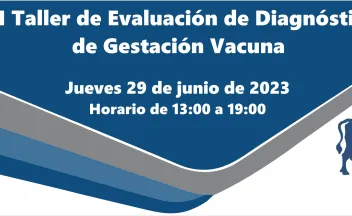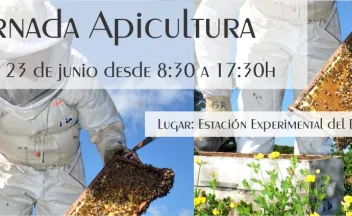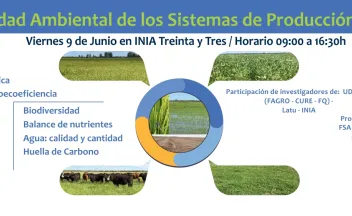Supplement feed efficiency of growing beef cattle grazing native Campos grasslands during winter:a collated analysis.

Supplementing growing cattle grazing native subtropical Campos grasslands during winter improves the low, even negative, average daily weight gain (ADG) typical of extensive animal production systems in Uruguay. Nonetheless, to render the practice profitable, it is crucial to control supplement feed efficiency (SFE), that is, the difference in ADG between supplemented and control animals (ADGchng) per unit of supplement dry matter (DM) intake. Little has been studied specifically on how SFE varies in these systems.



